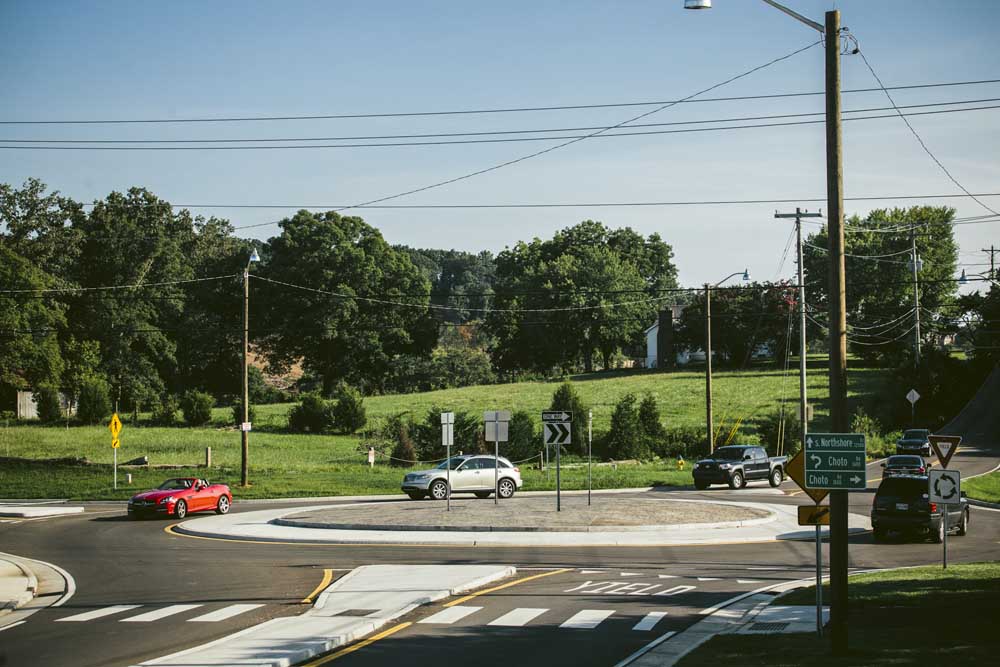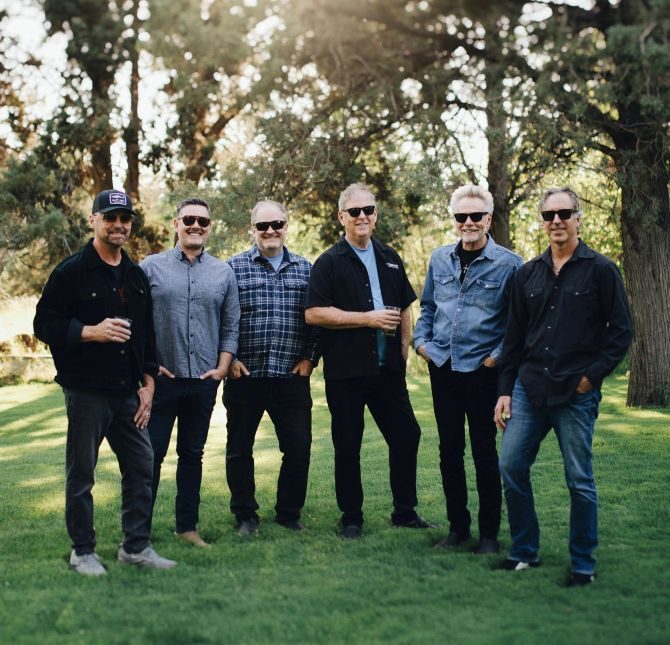Roundabouts are on the rise in the United States
Published 12:00 am Friday, July 31, 2015

- The roundabout at the intersection of Choto Road and South Northshore Drive that has cut congestion and increased traffic flow, in Knoxville, Tenn., July 16, 2015. Once seen only in countries like France and Britain, the roundabout, favored by traffic engineers because it cuts congestion and reduces collisions and deaths, is experiencing rapid growth in the United States. (Shawn Poynter/The New York Times)
Getting stuck in a long line of vehicles for minutes at a time, simply trying to ease onto a clogged main road, is nobody’s idea of fun.
But that’s the problem that Matt Kothe faced every day on his commute. “No one would ever stop to let me in,” said Kothe, a media coordinator from Knoxville, Tennessee.
But for Kothe, his commute improved once the stop sign was replaced with a roundabout.
“It used to take me up to 10 minutes to get onto the main road,” he said. “Now there are no holdups.”
Once seen only in countries like France and Britain, the roundabout, favored by traffic engineers because it cuts congestion and reduces collisions and deaths, is experiencing rapid growth in the United States.
First built in the United States in the early 1990s, roundabouts have doubled in the last decade, to around 5,000 today, according to Richard Retting, a former transportation researcher at the Insurance Institute for Highway Safety.
“There are hundreds if not thousands more in the planning stages,” he said.
Roundabouts are not the same as traffic circles.
Columbus Circle in Manhattan, New York, for example, is a traffic circle; vehicles have the right of way based on when their light turns green.
But roundabouts typically do not have traffic lights; instead, a vehicle approaching one slows to around 20 mph and yields to those already in the circle.
New Jersey has gradually been replacing traffic circles with roundabouts. At trouble-prone intersections, “one of the options given serious consideration would be a modern roundabout,” said Kevin Israel, spokesman for the New Jersey Transportation Department.
Compared with stop signs and traffic lights, roundabouts are significantly safer, engineers say. For example, crashes that result in serious injuries or death are reduced by 82 percent versus a two-way stop, and by 78 percent compared with an intersection with traffic lights, according to Jeff Shaw, intersections program manager for the Federal Highway Administration.
Retting of the insurance group said that the reduction in injuries and fatalities was “unmatched by anything else we can do in traffic engineering.”
Unlike standard intersections, drivers cannot speed across a street and hit a vehicle in the perpendicular lane; instead, they must slow and merge with others in the circle. Left turns in front of oncoming traffic are eliminated. And because vehicles never come to a complete stop, less fuel is consumed.
And there is even a side benefit: If drivers are not familiar with the area, they can circle endlessly until they figure out their route —think Chevy Chase’s character in “National Lampoon’s European Vacation.”
The federal government is a big supporter of roundabouts. “Our interest is to have their numbers grow,” Shaw said. “All the states have come around and embraced them. We’re seeing hundreds of new ones every year.”
While federal dollars typically pay for the bulk of the cost of local safety improvements, roundabout construction can be promoted with funding incentives, with some qualifying for 100 percent federal funding, Shaw said.
Regarding cost, traffic lights that are part of a connected grid can cost upward of $200,000 to install the signal and the sensors in the road. Then there is the upkeep.
“They require constant maintenance,” said Brian Walsh, state traffic design and operations engineer for the Washington state Transportation Department.
Despite the many advantages of roundabouts, public opinion is not always so welcoming. Individuals and local communities complain that roundabouts are difficult to understand; they’re difficult to drive through; they take up too much space and are unattractive.
“We have lost roundabouts for political reasons,” said Walsh, the Washington state transportation official.
When a roundabout was planned in Malta, New York, north of Albany 10 years ago, “the community was very split on getting one,” said Carol Breen, a spokeswoman for the New York state Transportation Department. “But afterwards, everyone loved it.”
Kothe, the Knoxville commuter, said that he saw at least two or three people a week who stopped at each entrance trying to let traffic in while driving around the circle. “So I definitely think Americans need some help getting the hang of it,” he said.
Community and driver objections are beside the point, said Peter Doctors, a traffic engineer and designer of an early roundabout in Santa Barbara, California.
“Just because people have driver’s licenses does not make them traffic engineers,” he said. “Even if people are confused about how to use them, they’re still working.”








